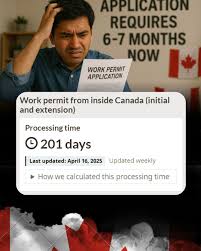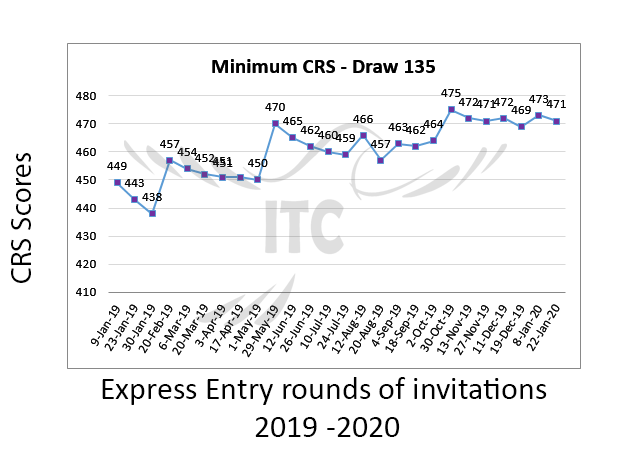
Importance of Immigration Processing Timeliness
The Canadian immigration system has long been a beacon for individuals seeking a new life and opportunities in Canada. In recent years, immigration has been vital for bolstering the economy and adjusting demographic trends. However, the prolonged delays in processing applications are now impacting countless applicants, drawing attention to the efficiency of Canada’s immigration system.
Current Status of Processing Delays
As of October 2023, reports indicate that applicants for various immigration pathways, including Express Entry, family reunification, and study permits, are experiencing waiting times significantly longer than expected. For instance, the typical processing time for Express Entry applications has surged from the recommended six months to nearly a year in some cases. This unwelcome trend has sparked frustration among prospective immigrants, employers, and advocacy groups alike.
Reasons Behind the Delays
Several factors contribute to these ongoing delays. The federal government is grappling with staff shortages that have emerged from the COVID-19 pandemic, which led to backlogs that remain unaddressed due to limited resources. Additionally, the surge in applications, particularly following the easing of travel restrictions and increased interest in Canadian residency, has overwhelmed the system. Furthermore, complexities in assessment and changes in immigration policies continue to slow down decision-making processes.
Implications for Applicants
For applicants, the processing delays can have significant implications. Families may find themselves separated for longer periods, with economic migration opportunities potentially slipping away as job offers expire. Moreover, many international students are delayed in starting their educational programs, which can affect their academic trajectory and financial plans.
Future Outlook and Corrective Measures
The Canadian government has acknowledged these challenges and aims to facilitate improvements. Strategies such as increasing staffing levels and enhancing technology to streamline processes are currently under consideration. In the recent budget announcement, the government committed additional funds to bolster the immigration sector, potentially paving the way for more efficient processing in the coming years.
Conclusion
In conclusion, while the Canadian immigration processing delays pose significant challenges for many, efforts are being made to tackle these issues head-on. For potential immigrants, staying informed about their application status and utilizing available resources is crucial. Observing the government’s response and any changes in policy will help applicants better navigate the current landscape of immigration in Canada, ensuring they remain hopeful as they pursue their dreams of starting a new life in the country.






